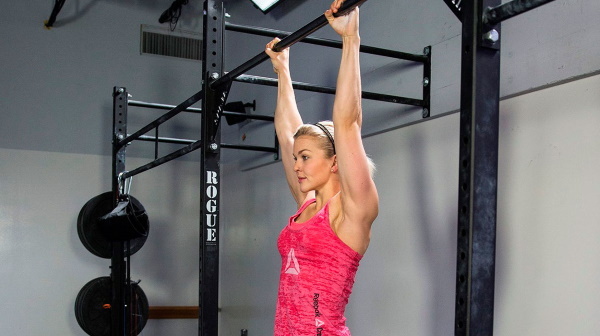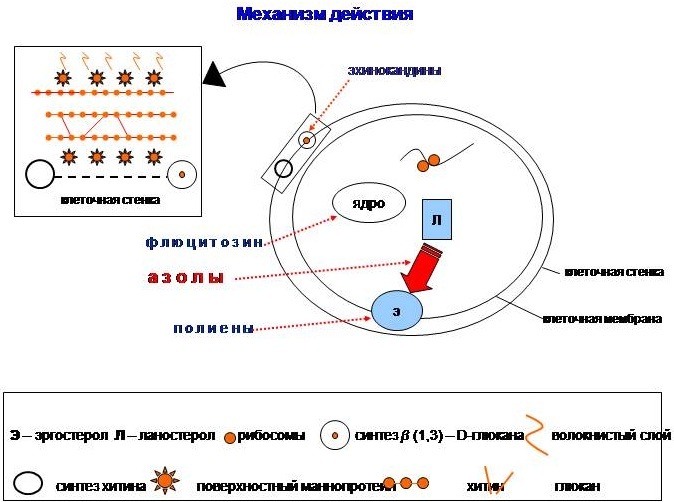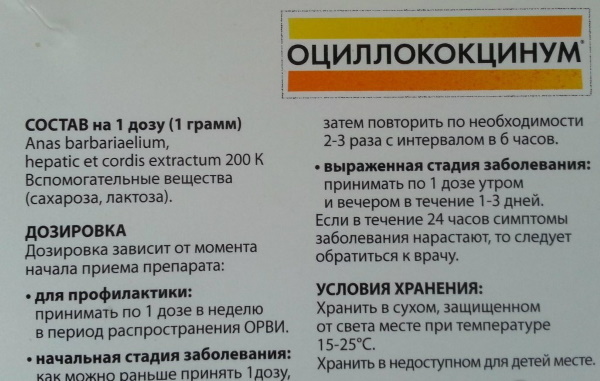He described it for the first time a German physician angioedema in the 19th century. The basis of its development of immediate type allergic reaction to the release of biologically active substances, histamine, heparin, serotonin, and so forth. Under their influence the permeability of the smallest vessels and therefore increases edema.
Sick people are of all ages, but most often angioedema occurs in young women. In children and the elderly are sick less often.

What it is?
Angioedema - a reaction to the impact of a variety of biological and chemical factors, often having an allergic nature. Manifestations of angioneurotic edema - an increase in the face or a part or limb. The disease is named for the German physician Heinrich Quincke who first described it in 1882.
Causes of
Angioedema may be allergic and pseudoallergic.
Allergic angioedema appears upon contact with allergen. For the development of an allergic reaction organism should already be sensitized - meeting with the allergen have been, and developed antibodies in the body. Repeated allergen enters this at the contact point caused by inflammation: appears dilation of small blood vessels, increased permeability and thus tissue swelling occurs.
Allergens can be:
- Pollen.
- Bites of various insects.
- Wool and animal wastes.
- Cosmetics.
- Foods (citrus, chocolate, eggs, fish products, a variety of berries).
- Medications. Most often a reaction to antibiotics, painkillers, vaccines. The reaction may be up to anaphylactic shock, particularly if the drug is administered by injection. Rarely cause anaphylaxis vitamins, oral contraceptives.
Pseudo-edema is an inherited disease that occurs in patients with pathology of the complement system. This system is responsible for the launch of an allergic reaction. Normally, the reaction will only start when the allergen enters the body. And with pathology of the complement system inflammation and activation occurs by thermal or chemical action, in response to stress.

Symptoms of angioedema
Angioedema is shown the appearance of certain symptoms, is the appearance of edema in areas with developed subcutaneous fat - on the lips, eyelids, cheeks, mouth mucosa, genital organs. Skin color does not change. Itching is absent. In typical cases, it disappears after a few hours (2-3 days). Edema can be distributed to the mucous membrane of the larynx that can cause difficulty in breathing.
It is noted hoarseness, barking cough, shortness of breath (first exhale, then inhale), noisy breathing, his face congested, then sharply turns pale. There is a hypercapnic coma and then death can occur. It is also noted nausea, vomiting, abdominal pain, hyperperistalsis.
Angioedema different from ordinary urticaria only deep skin lesions. It should be noted that the manifestations of urticaria and angioedema can occur simultaneously or alternate.
complications
If angioedema affecting any organ, especially if it is accompanied by intense manifestations of urticaria may develop anaphylactic shock lightning. This is - a very life-threatening allergic reaction, which covers the entire body. It manifests itself in the following symptoms:
- generalized (widespread) itching;
- swelling of the tissues of the pharynx, tongue, larynx;
- nausea, vomiting, crampy abdominal pain, diarrhea;
- convulsions, respiratory arrest, coma;
- appearance urticaria (swollen and itchy red-pink spots, blisters);
- lacrimation, sneezing, bronchospasm with excessive production of mucus blocking the supply of oxygen;
- rapid pulse, drop in blood pressure, heart rhythm disturbance of the heart muscle, increase in acute cardiovascular insufficiency.
By the fatal consequences for the patient leads and improper treatment of angioedema with hereditary character.
What is Angioedema, photos
The photo below shows how the disease manifests itself in humans.

First aid
Angioedema develops very unpredictable and poses a threat to the life of the patient. So the first thing to do - call an ambulance, even if the state is currently satisfactory and stable. And in any case can not be panic. All actions must be quick and precise.
Before coming brigade emergency ambulance must be:
- Sit down in a comfortable position of the patient, reassure
- Writing antihistamine (Phencarolum, Diazolinum, diphenhydramine). More effective form of injectable antihistamines, since it is possible that develops gastrointestinal swelling and disturbed absorption substances. In any case, you must take 1 - 2 tablets of the drug, if you can not get a shot. The drug reaction and weaken state to facilitate ambulance arrival.
- Limit contact with the allergen. Insect bites (wasps, bees) necessary to remove the sting. If you own this can not be done, it is necessary to wait for the arrival of specialists.
- As sorbents can be used either enterosgel conventional activated carbon.
- Required rich alkaline water (1000 ml of water 1 g of soda or seltzer or mineral water). Plentiful drink contributes to the removal of the allergen from the body.
- Ensure good access to fresh air, remove objects that impede breathing.
- In order to reduce swelling and itching at the edematous area can impose cold compress bottle with cold water, ice.
In severe edema is better not to take any action on their own, so as not to provoke a worsening of the patient, and wait for the ambulance. The main thing - do no harm.
Diagnostics
The first thing the doctor examines the purpose of familiarization with the symptoms is present. Also, be sure to taken into account the swelling reaction to epinephrine.
The next stage - to establish the cause of the pathology. As a rule, it is enough to survey the patient on what allergies are present in its history or the history of his next of kin, what is the reaction of his body on eating a variety of foods, Reception (administration) of medicines, contact with animals. Sometimes, to find the cause requires specific blood tests and allergy tests.

How to treat?
In allergic angioedema, which is part of an anaphylactic reaction drugs of choice for the treatment of patients are epinephrine, glucocorticoid hormones, antihistamines. Furthermore carried disintoxication therapy, by intravenous administration special solutions (reoplyuglyukin, Ringer lactate, phys. solution and others.).
chelators are used in the case of food allergen (activated carbon, enterosgel, white carbon, etc.). Just being symptomatic therapy, depending on the symptoms emerged, namely with the complicated breathing apply means relieving bronchial spasm and airway extending (eufilin, salbutamol and et al.)
It makes sense to provide information on the latest trends in the field of anti-allergic agents, treatment which is carried out in the acute angioneurotic edema period between episodes and recurrent angionevroticheskih edema.
- first generation antihistamines: Chloropyramine (Suprastinum), promethazine (Pipolphenum, Promethazine) Phencarolum (hifenadina) pheniramine (avil) dimethindene (fenistil) tavegil (clemastine) mebhydrolin (Omer, diazolin) are fast (15-20 minutes). Effective at relieving angioedema, but cause drowsiness lengthen (contraindicated drivers) the reaction time. Act on the H-1 histamine receptors
- The second generation of blocking histamine receptors and stabilizes mast cells, from which histamine released into the bloodstream. Ketotifen (Zaditen) effectively removes spasm of the respiratory tract. Indicated in combination with angioedema or bronhoobstruktivnogo Asma bronchial diseases.
- Third generation antihistamines do not inhibit the CNS, blocking the histamine receptors and stabilize mast cell wall: Loratadine (klarisens, Claritin) Astemizole (astelong, hasmanal, istalong) Sempreks (acrivastine) Terfenaddin (teridin, Trex) Allergodil (atselastin), Zyrtec, Tsetrin (cetirizine), Telfast (Fexofenadine).
In non-allergic angioedema (hereditary, acquired angioedema), accompanied by a reduction in blood concentration of C1 inhibitor, treatment strategy is somewhat different. In this case, adrenaline, hormones, antihistamines are not drugs of first choice, since their efficiency in data types angioneurotic edema is not so high.
Drugs of first choice are those that increase blood missing enzyme (C1 inhibitor). These include:
- The purified concentrate of C1-inhibitor;
- Fresh frozen plasma;
- Preparations of male sex hormones, danazol, stanazolol;
- Antifibrinolytics: aminocaproic acid, tranexamic acid.
In case of severe laryngeal edema and complete closure of the incision is carried cricothyroid ligament airway tube to establish a special alternate path respiration (tracheostomy). In severe cases, transferred to the ventilator.
Diet
It is mandatory dieting. It is necessary to completely eliminate not only the products, causing a direct allergic reaction, but the cross. Patient menu-allergy products must not contain synthetic additives, artificial colors, histamines. In this case, the diet should not be depleted by replacing allergens hypoallergenic products, like the content of calories.
Products that can cause an allergic reaction:
- fish and seafood, chicken, eggs, dairy, cocoa, peanut butter and nuts themselves;
- strawberries, tomatoes, spinach, grapes;
- spices of different kinds of chocolate.
Very carefully, people who are prone to the emergence of allergic reactions to foods should be consumed eating sauerkraut, cheese, rhubarb, bean, roasted and stewed meat and fish dishes, as well as broths. Absolutely contraindicated in wine consumption, even in small doses.
Cause allergic reactions can also be artificial food additives: preservatives, colorings, flavorings and stabilizers taste.

prevention
Prevent the development of soft tissue swelling will help compliance with certain rules:
- eat properly;
- the tendency to allergy observe sparing diet;
- take vitamin complexes for strengthening the immune system;
- exclude contact with food and drugs that cause allergies;
- allergic reactions to certain types of medication required to warn the doctor;
- during the reception of a new type of antibiotics keep at hand antihistamines.
Forecast
Prognosis of the disease in most cases favorable. The most dangerous for the patient's angioedema is localized in the larynx. In this case, only emergency medical assistance will help the patient to avoid asphyxiation. With a significant violation of breathing is necessary to conduct a tracheostomy.



